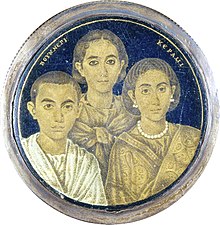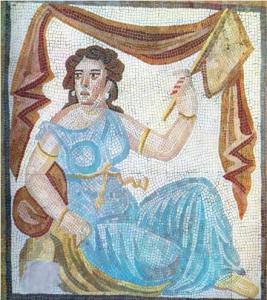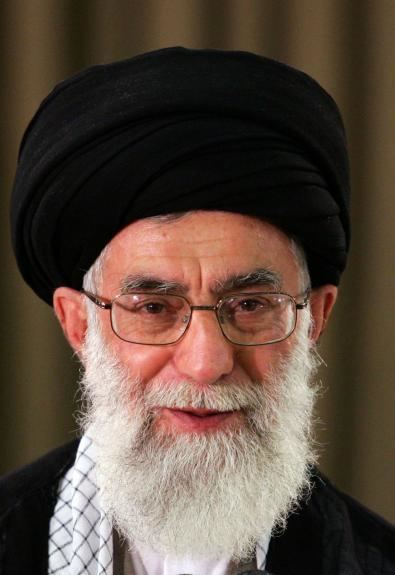Reader, they buried me.
I could not log into the Facebook discussion group of the Massive Open Online Course ‘Gender and Intersectionality’ after I had written about its cult-like environment. I do not know whether they shut it down, or me out. I asked the Course Leaders, Giti Chandra and Thomas Brorsen Smidt, but received no reply or explanation. Still, I could follow the course and comment on its discussion board.
The next stage in the value-formation of a faction is artifice, flim-flam, porkies. Cherry-picking, to use an overworked but accurate description.
Ms. Chandra uploaded this:
‘But more recently, nationalist nostalgia has been much the news thanks to the many rightwing governments coming to power in the last few years, all promising a return to racial purity for their nations; and of course, the best known of these can be seen in the American Republican slogan, “Make America great again!” So a slogan like this hark back, of course, to some golden era in which the nation was the best that it could be, a faithful representative of the central ideals of its people. And of course, the first question then, is – what was this era? Exactly when was America great, and what were the ideals it fulfilled, and what must we do to make it great again? Well, if you were wondering what could possibly be the answers to these esoteric questions, a publication call (sic) The Crusader: The Political Voice of White Christian America! Which advertises itself further, as ‘The Premier Voice of the White Resistance’, gives us a very clear answer. “The short answer to that ”, it says, “is simple: America was great not because of what our forefather did, but because of who our forefathers were. America was founded as a White Christian republic, and as a white christian republic, it became great. ”Again, we can see that none of this is based on fact; what it is based on, is the sense of religious and racial purity. And clearly, one cannot maintain racial purity, literally or symbolically, without complete control over the sexual and reproductive rights of women. If the ‘resistance’ is valourised as ‘white’, then the supremacy of the white male is severely undermined by white women dating non-white men, and the fear of diluting the racial bloodline by introducing bi-racial children is obviously very real.’
Does this course really think that Trump wants a KKK Christian republic, I asked myself. So, I looked up the white Christian response and it took me five minutes to conclude this:
‘Yet again the course presents us with minimal data, lack of research and misinformation.
Take misinformation. Thomas Brorsen Smidt’s interpretation of Trump’s MAGA slogan. For some reason he presents it only in the light of what the KKK thought of it: a group of no more than 3-6,000 in a country of 328 million. He straw-mans Trump’s populist slogan as if it were a direct appeal to white supremacists.
The KKK wrote in reference to it, “While Trump wants to make America great again, we have to ask ourselves, ‘What made America great in the first place?’ The short answer to that is simple. America was great not because of what our forefathers did — but because of who our forefathers were. America was founded as a White Christian Republic. And as a White Christian Republic it became great.”
What was the Trump campaign’s reply? This. “The Trump campaign sharply and swiftly criticized the article. ‘Mr. Trump and the campaign denounces hate in any form,’ the campaign said in a statement Tuesday evening. ‘This publication is repulsive and their views do not represent the tens of millions of Americans who are uniting behind our campaign.’” The quote, extremely widely reproduced in the press, is the very next paragraph in the Washington Post Report, among many, from which Ms. Chandra quotes word-for-word from the KKK. This report appears in many newspapers and nearly all of them have the Trump campaign’s repudiation of KKK support.
Either Ms. Chandra and Mr. Smidt are very poor researchers or they are presenting an event in a politically-slanted way on what is supposed to be an academic course. The course does not even consider that Trump may mean something different with his slogan of ‘MAGA’. That is what an academic analysis would do.
As a matter of personal political preference, I have plenty of criticisms of Trump, and would never vote for him: but one’s criticism of him must be based on what is true. The example on the course fails that test.’
To be clear, it is almost impossible for the Course Leaders not to know that Trump’s campaign repudiated the KKK. The course reproduced the exact words of the KKK in a lengthy paragraph which appear in more than a handful of media. Nearly all of them carried in the next lines the Trump campaign disclaimer. That’s activism.

Image courtesy SitePoint
The rest of the module illustrated the Course Leaders’ unfamiliarity with statistics and reality, basically. Here is how:
‘We are then presented with a list of reactionary ideas which are supposedly on the rise. No data are produced to support that. So, let’s look at just 3 of the criteria.
Let’s take “The persistent desire for ‘purity’ of race”. Take the USA. In 1969, 17% of whites approved of marriage between blacks and whites: in 2013 that figure was 84% (https://ourworldindata.org/human-rights). In 44 years in USA whites the idea of mixed marriages became normalized. That is a revolution in ideas, unacknowledged by this course. It seems like it thinks we are in the 1950s.
Take the “normalization of violence”. In 1950, there were 546,000 global battle-related deaths in state-based conflicts: in 2016 there were 87,000. Since WWII in almost every category there has been a huge fall in the number of violent deaths Rather, peace is becoming normalized, not violence. (https://ourworldindata.org/war-and-peace).
Look at “the nostalgia, and need, for empire”. Here are the biggest blocks of respondents for each European country with a former empire. They are the percentages in which respondents said their empire was neither something to be proud of nor ashamed of: UK 37%, France 48%, Belgium 45%, Italy 41%, Spain 51%, Germany 40%. In Europe the overwhelming mood about the countries’ former empires is indifference with the exception of the Dutch. Here are the percentages of populations in a country who don’t want a return to Empire: UK 50, Netherlands 45, Belgium 52, Spain 62, France 59, Italy 71, Germany 66. All of these numbers are plurality majorities. (https://yougov.co.uk/topics/international/articles-reports/2020/03/11/how-unique-are-british-attitudes-empire). So no, there is little Europe-wide evidence of a resurgence in “nostalgia and need for empire”.
So again, we have poor research by the course, misinformation, slanted presentations and a paucity of data. You can’t ask the right questions if you don’t know something about what is actually happening in the world. That’s why this is not a serious academic course: it is activism which accuses the rest of academia of being that, when it is unaware of the beam in its own eye. How it got funded is a question which its university and the UN should answer for.’









